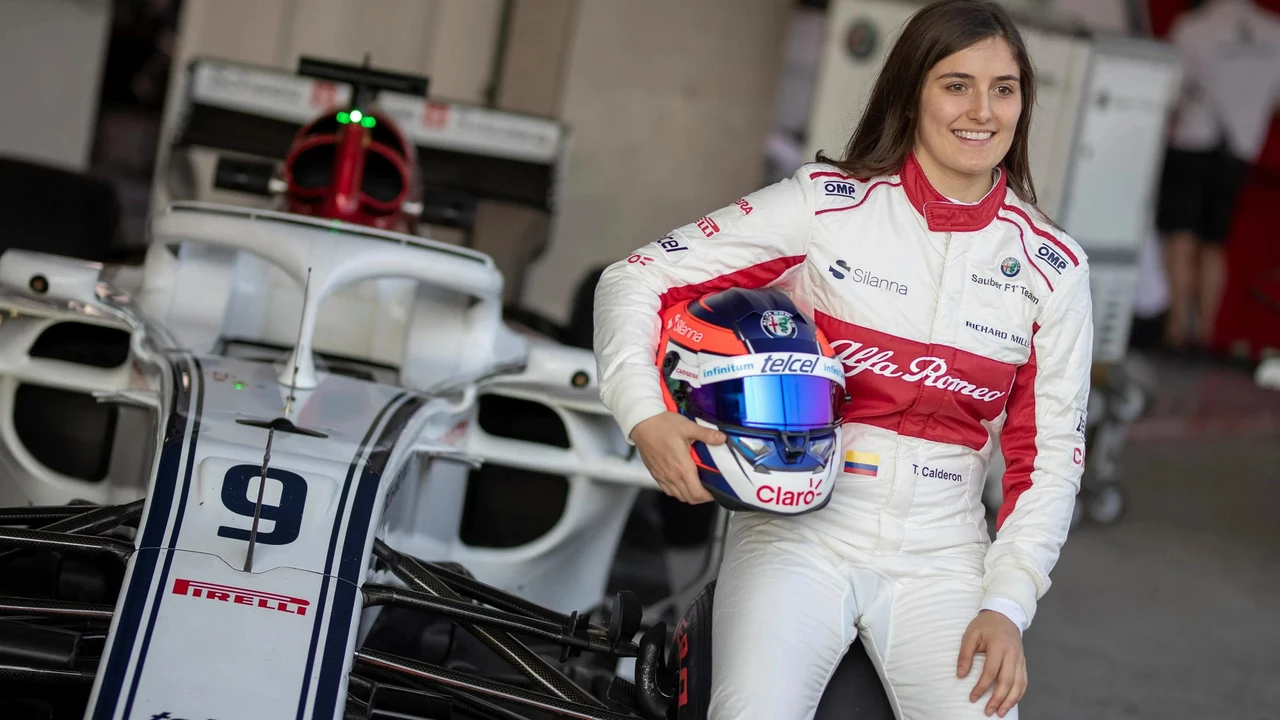Athletes in Motorsport – Your Guide to Racing Stars and Skills
When talking about athletes, people who compete in high‑speed racing events such as Formula 1, IndyCar, rally and drifting. Also known as racing athletes, it blends physical fitness, sharp reflexes and technical know‑how to tame powerful machines. These competitors aren’t just hobbyists; they train like pro cyclists, follow strict nutrition plans and log countless seat‑time to shave off fractions of a second. Their performance is measured in lap times, cornering speeds and consistency over long races. That’s why every article on this page circles back to the core idea: a motor‑sport athlete must master both body and machine.
One of the most visible groups among these athletes are racing drivers, athletes who pilot open‑wheel cars, touring cars or superbikes in competitive settings. Racing drivers rely on a blend of cardiovascular endurance, neck‑strength exercises, and mental rehearsals to stay sharp for a 2‑hour sprint or a 24‑hour endurance test. They also need a valid FIA International Competition License, the official credential that proves a driver has met safety, skill and experience standards set by the global governing body. Getting that licence usually means joining a national motorsport club, completing a set number of timed sessions, and holding a national licence for at least a year. Once secured, the licence opens doors to higher‑profile series, attracts sponsors and lets drivers compete on the world stage.
What makes a great racing athlete?
Beyond the cockpit, the range of motorsport disciplines, different categories like Formula 3, drifting, rally and the Isle of Man TT that each demand unique skill sets shapes an athlete’s career path. For example, drifting athletes focus on controlled over‑steer, precise throttle modulation and a deep feel for tyre grip, turning what looks like chaos into a choreographed display of power. In contrast, a Formula 3 athlete hones aerodynamic understanding, tire management, and rapid decision‑making in tightly packed grids. Each discipline influences training routines, equipment choices – such as fire‑proof shoes for F1 athletes – and the kind of licence required. The common thread is the relentless pursuit of speed while staying within the safety envelope set by governing bodies.
Below, you’ll find articles that dig into licence applications, examine the physics behind drifting, compare car speeds across series and even explore the gear that keeps athletes safe. Whether you’re a seasoned fan or just curious about what makes a racing athlete tick, the collection ahead gives you practical insights, real‑world examples and a peek into the everyday grind of the motorsport world.
- July 18, 2023
- Comments 0
- Motorsport Discussion
